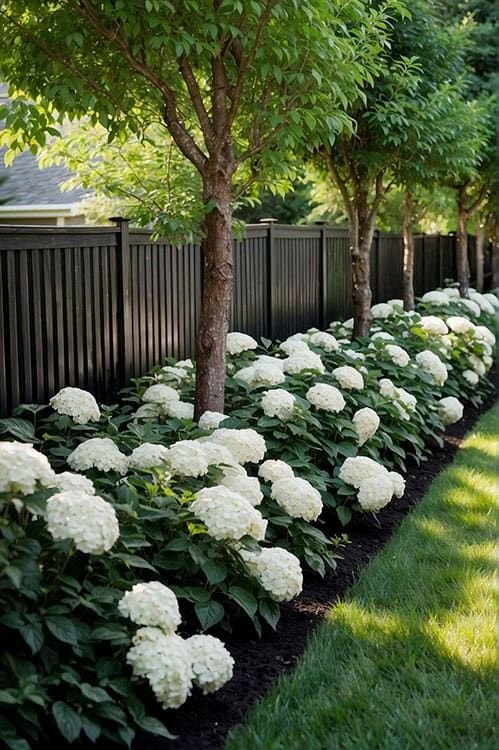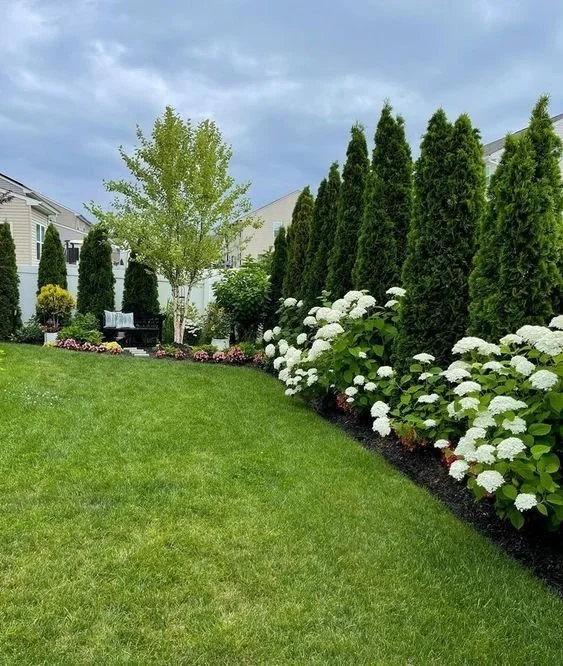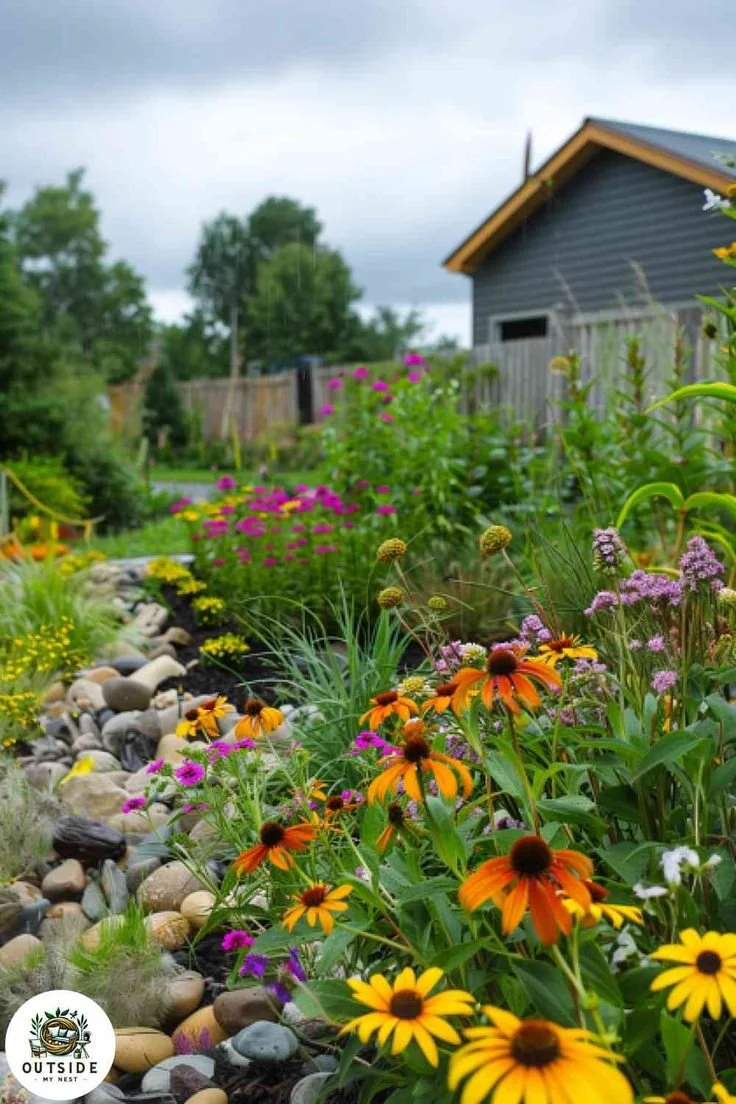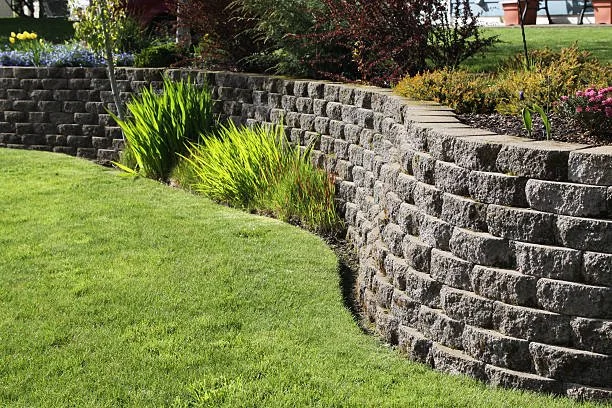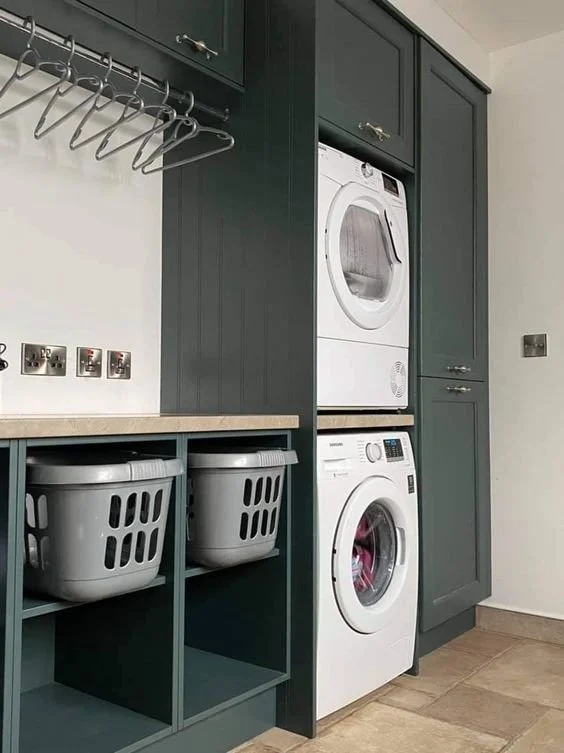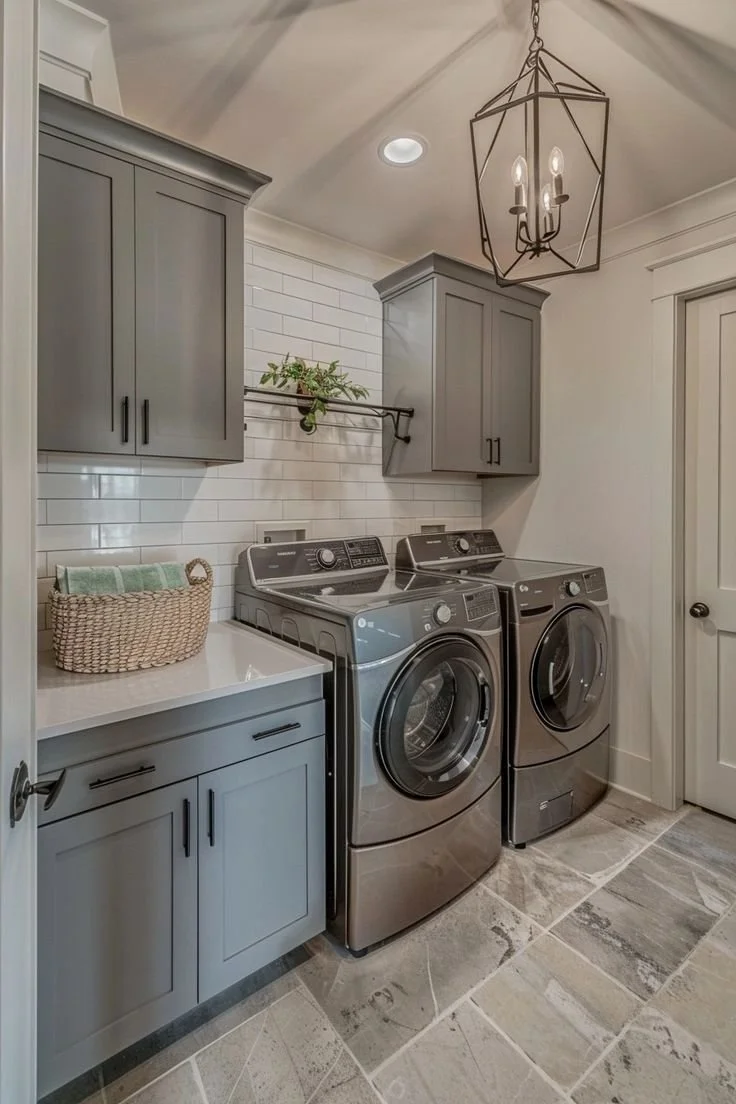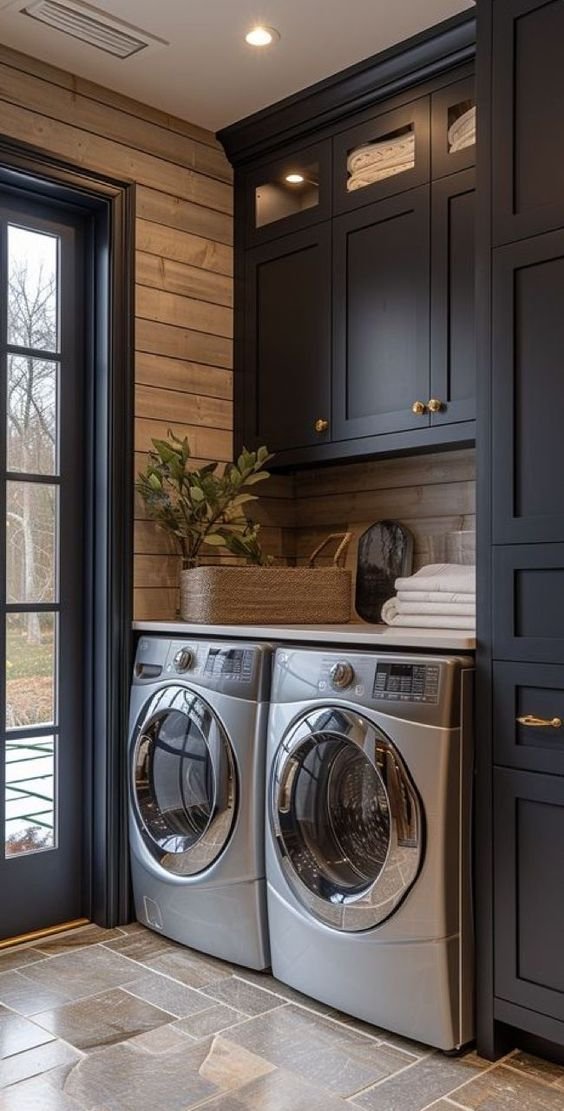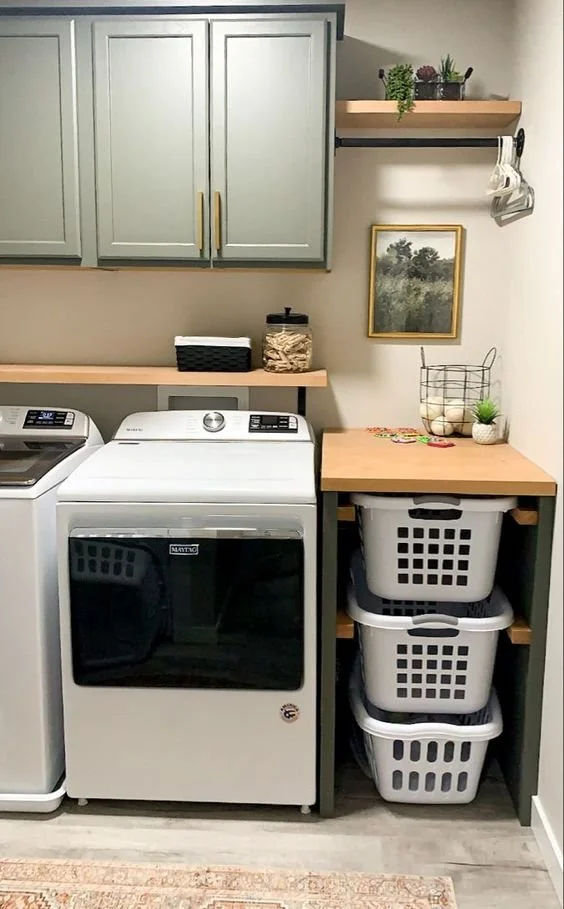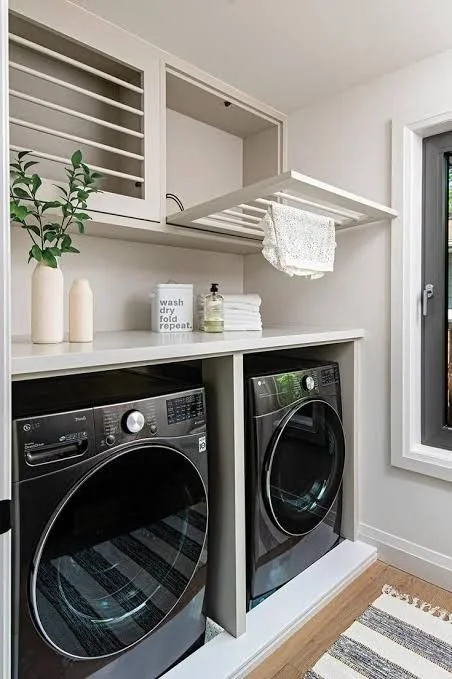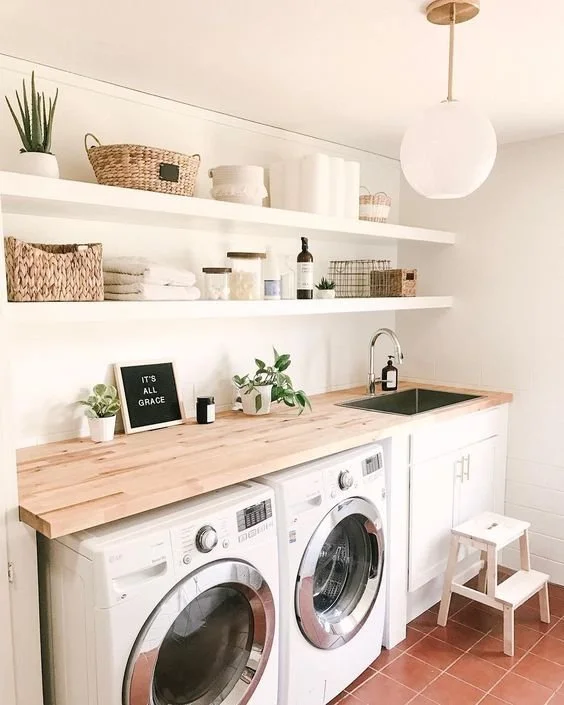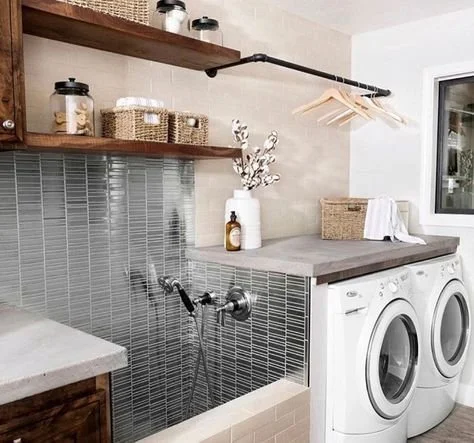Top Water-Saving Plumbing Upgrades for Your Home
RH Business Marketing Solutions
The cost of living is on everyone’s mind these days, and that includes the cost of running water. Faucet drips, leaky hoses, punctured pipes — they all lead to higher water bills. Installing water-saving plumbing upgrades in your home increases efficiency and saves money in the long run.
Water bills vary, but the average monthly water cost for a family of four is $73, based on one person using about 100 gallons each day. If you have a large family, water the grass, have a pool, or have leaky pipes, that number could be a lot higher.
The first step to making your home more water efficient?
Consult a plumbing contractor who will suggest some top upgrades for your home.
Low-Flow Fixtures
Low-flow fixtures use less water than “standard” ones, saving gallons of water during use. Low-flow toilets, shower heads, and faucets reduce the amount of water needed to get the job done.
Low-flow faucets and toilets typically use 1.5 gallons of water per minute — about half the amount of water as a standard faucet or toilet. Low-flow showerheads have less water flowing through them.
EPA-recommended WaterSense labeled faucets and aerators are high-performing low-flow fixtures that save water when the tap is running.
Tankless Water Heater
Tankless water heaters deliver hot water only when you need it … there’s no water being heated when not in use. Tankless water heaters provide hot water for as long as you need it, and the units can last about 20 years.
With a tankless heater, cold water flows through the (hot) faucet but goes through a heat exchange unit as it warms up. This way, the water is always ready to be hot, and you don’t need to pour the cold water while waiting for it to heat up. On average, tankless water heaters produce 2 to 5 gallons of hot water per minute.
Irrigation Systems
With everything going “smart” these days, watering the lawn is right there on the list. Smart irrigation systems use weather data and dryness sensors to adjust watering schedules for your lawn, flowerbeds, and gardens. Smart systems also cut down on overwatering, which reduces the water bill.
Leak Detection Systems
Leak detection systems search for and notify you of leaks in the plumbing system. According to Consumer Reports, leak detectors can save homeowners thousands of dollars in potential water damage.
Smart leak detection systems use sensors that connect to the home’s WiFi. The system sends alerts through a smartphone app. When the alert goes off, the system automatically shuts off the house’s water line.
Professionally installed systems have shutoff valves spliced into the home’s water line. DIY leak detectors are set up on the water line’s quarter-turn valve. When detecting leaks, the valve uses a motor to open and close itself. (Tip: Go for the pros –– it’s a lot easier that way!)
Water-Saving Appliances
Today’s household appliances are built with economy and ecology in mind. Energy Star labeled dishwashers, washing machines, and refrigerators (with ice makers) improve the home’s efficiency by using less water and electricity than older models but with the same results. Energy-efficient appliances reduce your home’s water usage while protecting the earth’s natural resources.
Pipe Primping
Replacing pipes — especially in old houses — helps to keep water clean and flowing. Older pipes made of lead, cast iron, galvanized metal, and clay are quite likely to rust or break down over time. Cracks and corrosion can lead to water bursts, leaks, blockages, and poor-tasting water. Replace your piping system with polyvinyl chloride (PVC), copper, or PEX pipes — ask your plumber for a professional recommendation.
Insulating plumbing lines in basements, cellars, and crawl spaces helps to keep the pipes warm, especially during the winter when they may freeze or burst. Pipe sleeves are insulation covers that fit over pipes. They are typically made of rubber, aluminum, nickel, carbon, stainless steel, or cast iron.
Watching money literally go down the drain is what happens when your home’s plumbing isn’t up to par. Every drip is a hit on your water bill. Don’t just watch it go, contact a pro. Upgrading your property’s plumbing is money well spent.
Teri Silver is a journalist and outdoor enthusiast. She and her husband live on 5 acres with a vast lawn, three gardens, a farm, a pond, many trees, and a lot of yard work! The best parts of the year are summer and fall when home-grown veggies are on the dinner table.



